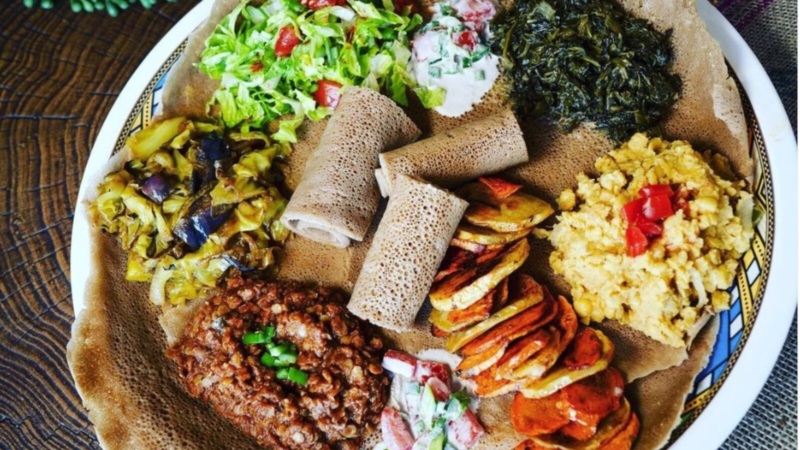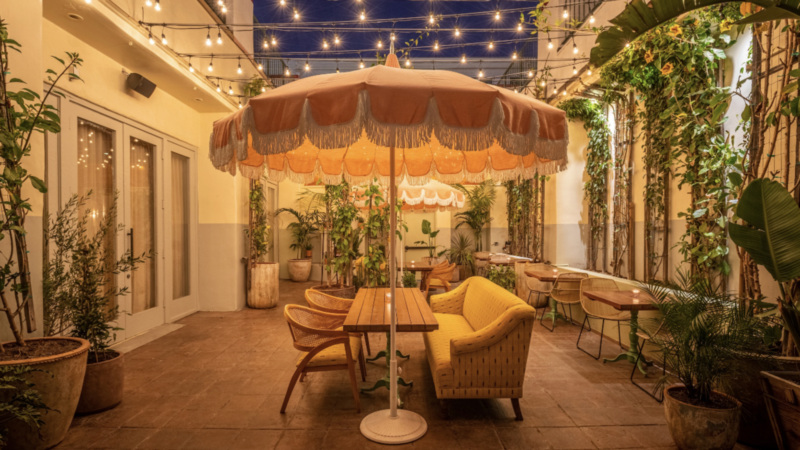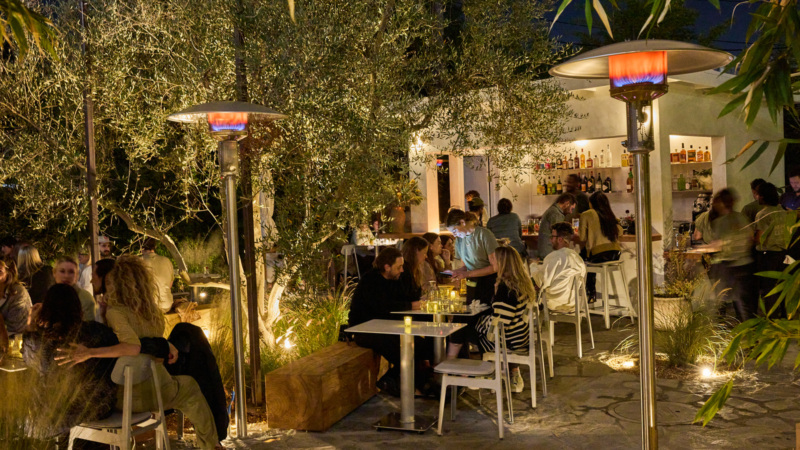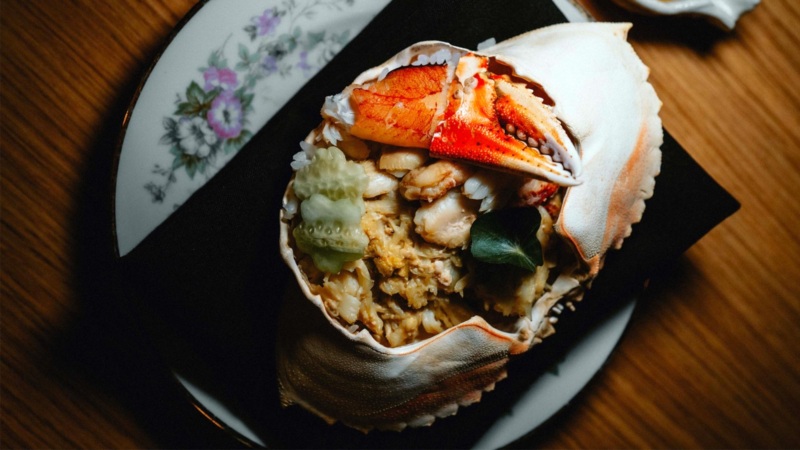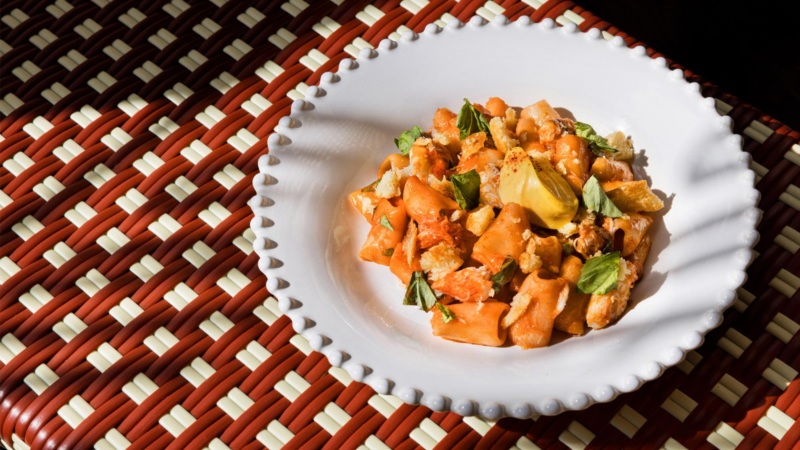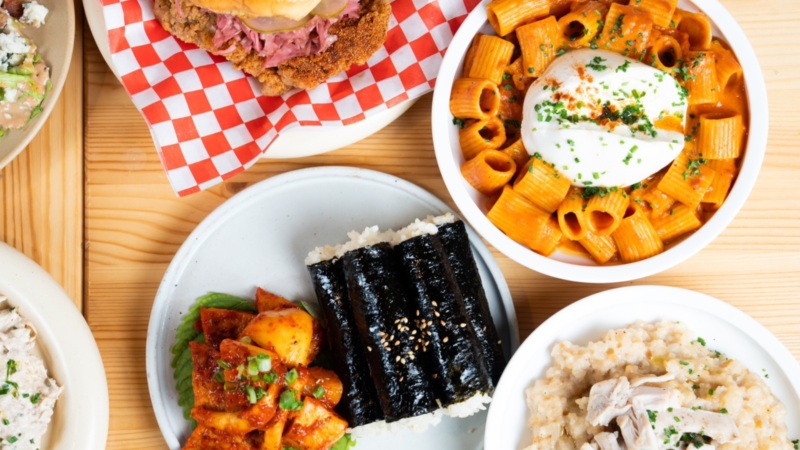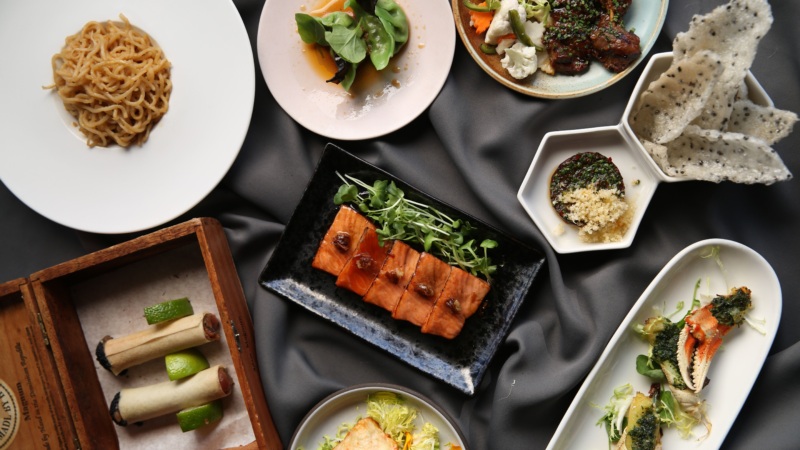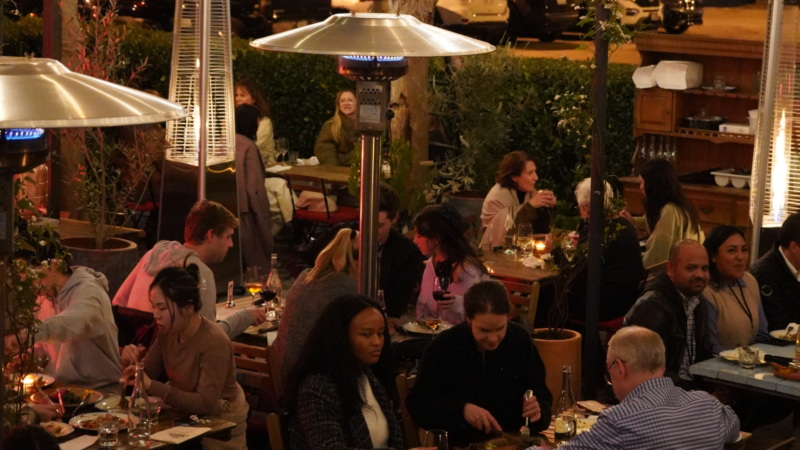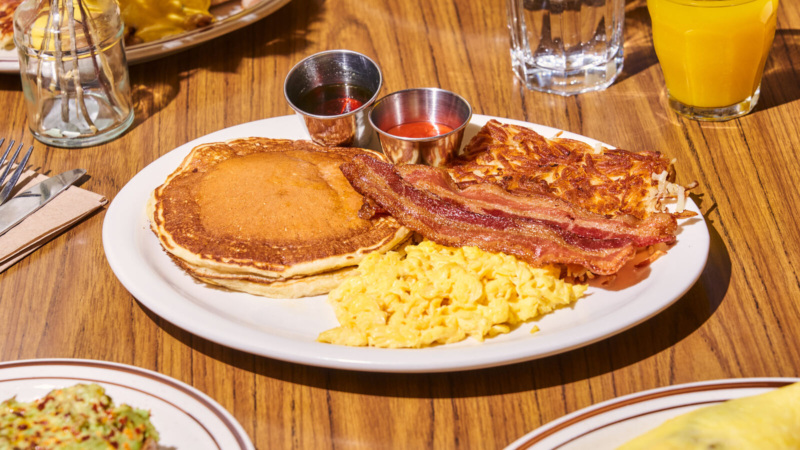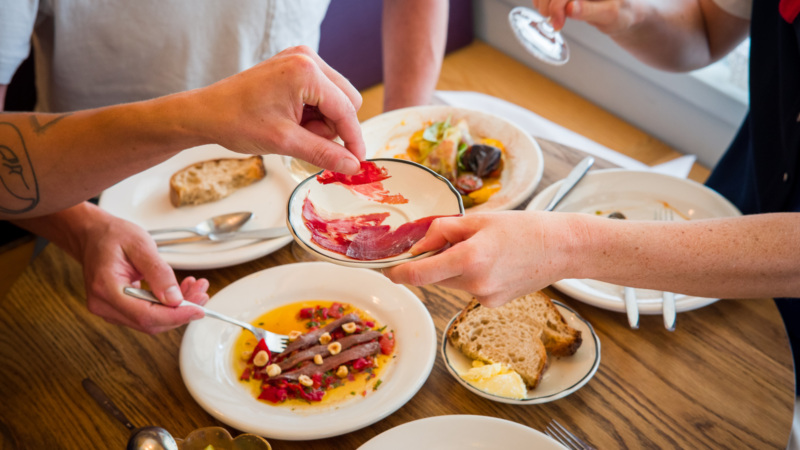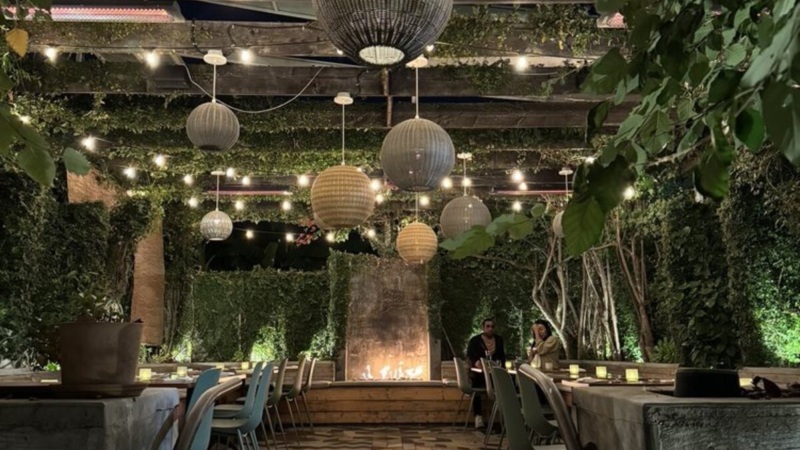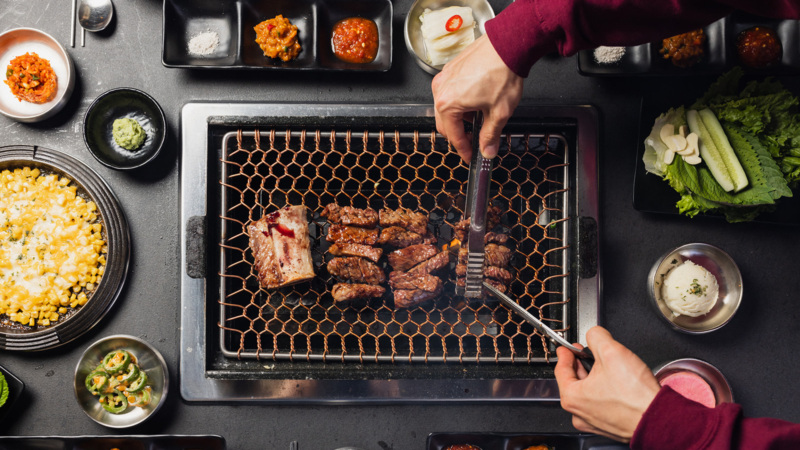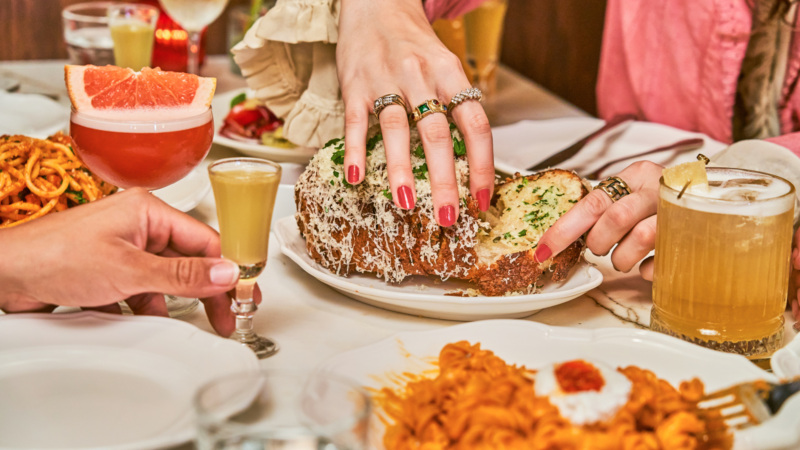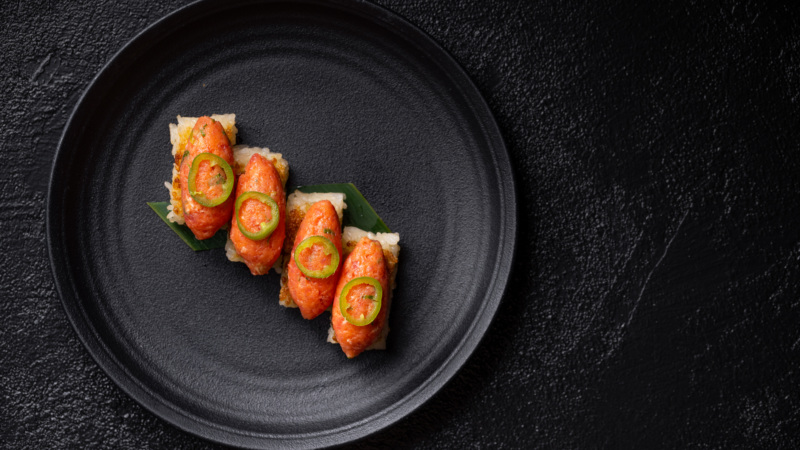
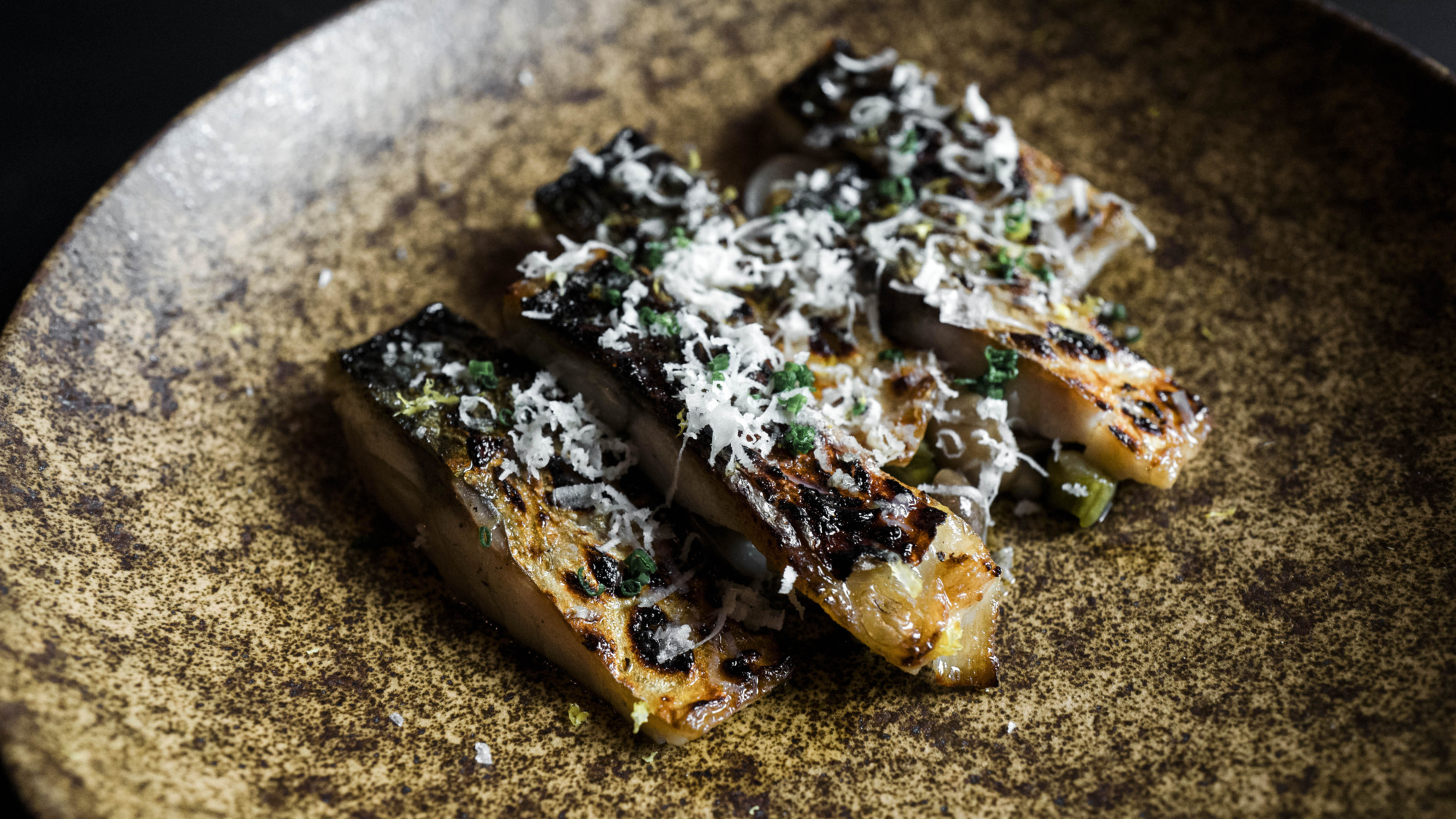
Everything You Need to Know About Kinn, Now Open in Koreatown
Before you go to a restaurant, what do you want — or need — to know most? In our series, The Rundown, we’re sharing all the essentials about newly opened (as well as some of your favorite) restaurants.
Editor’s note: As of Jan. 24, 2024, Kinn has rebranded into a new concept, Jilli.
Kinn is a new kind of Korean restaurant in Koreatown, the result of a partnership between New York-trained chef Ki Kim and operator Dustin Donghyuk, who’s been making waves with his other nouveau Korean spot, Hanchic. At Kinn, Kim’s unique approach to the tasting menu format goes long on Korean flavors, fine dining techniques, and California-grown produce to offer a distinctive take on Korean cuisine.
Here’s everything you need to know about the boundary-pushing newcomer.
1. Consider the Korean cooking at Kinn “upscale nostalgia.”
Kim, who grew up in Korea but immigrated to Colorado with his parents before kickstarting his cooking career, always knew he wanted to cook Korean food. In New York, he worked at the Michelin-starred restaurants Jungsik and Atomix, which he describes as “both heavily Korean in flavor, but with service and stories that are very unique.” And while he leans on the techniques he learned at those restaurants and elsewhere to create refined dishes like branzino mulhwe and beet galbi, his inspiration mostly comes from his childhood palette. “Growing up I was a really picky eater,” he says, the type that preferred grilled cheeses and hot dogs to fermented squid. Today, when he does R&D, Kim taps into his past to come up with “flavor profiles that most people can relate to.”
Case in point: Kinn’s current dessert is called Pig Ice Cream, based off of Kim’s favorite Korean popsicle, which is made of vanilla ice cream filled with strawberry jam and covered in chocolate cookie crumbles. (The name comes from the year it was released—1983—the year of the pig.) In Kim’s modern version, strawberries, cookie crumbles, and a scoop of ice cream get topped with a pig-shaped shortbread cookie. “Some people get scared that we’re going to serve them Korean barbecue ice cream for dessert, but then they see it and realize that there’s no pork belly inside,” he says.
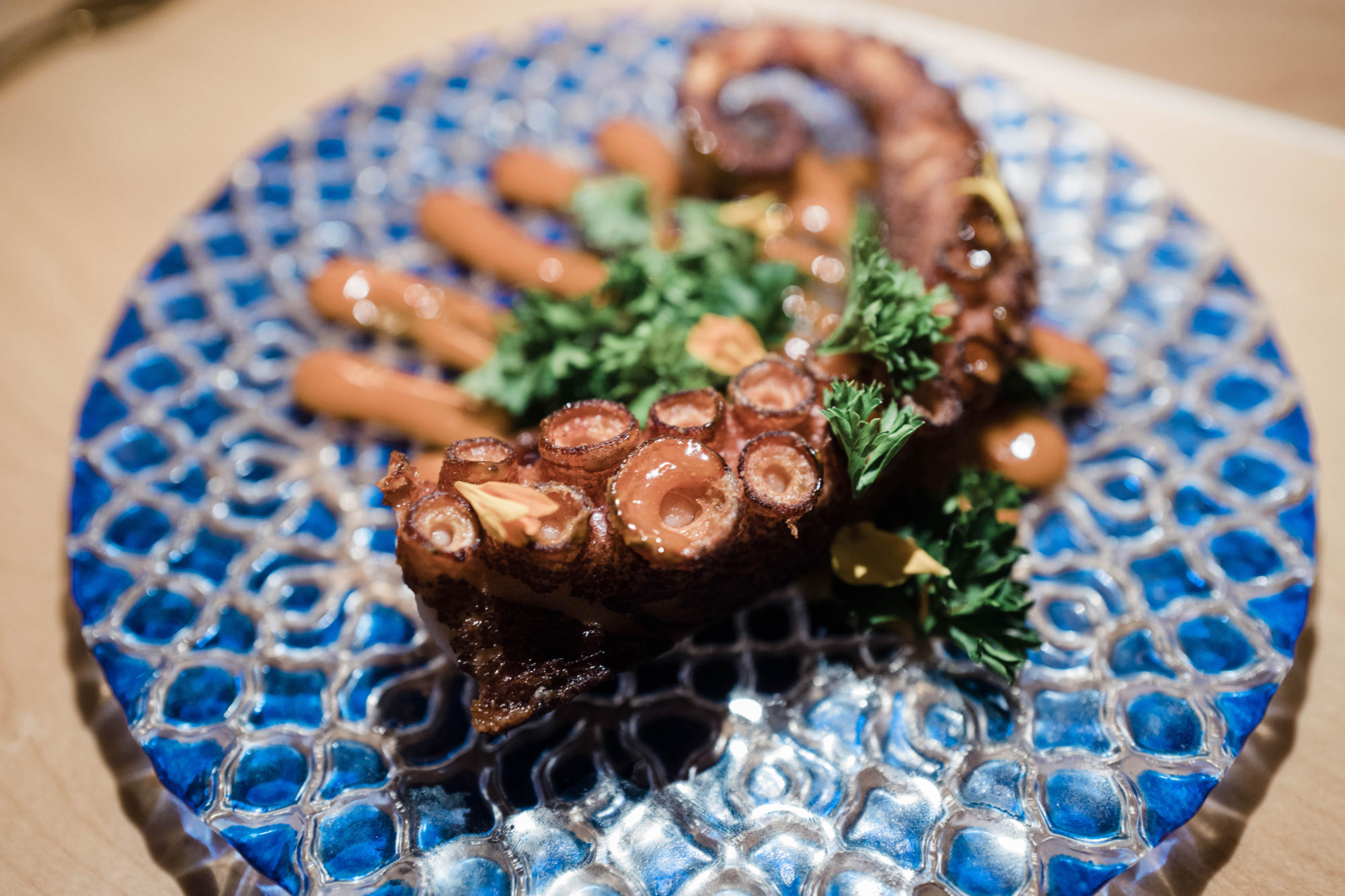
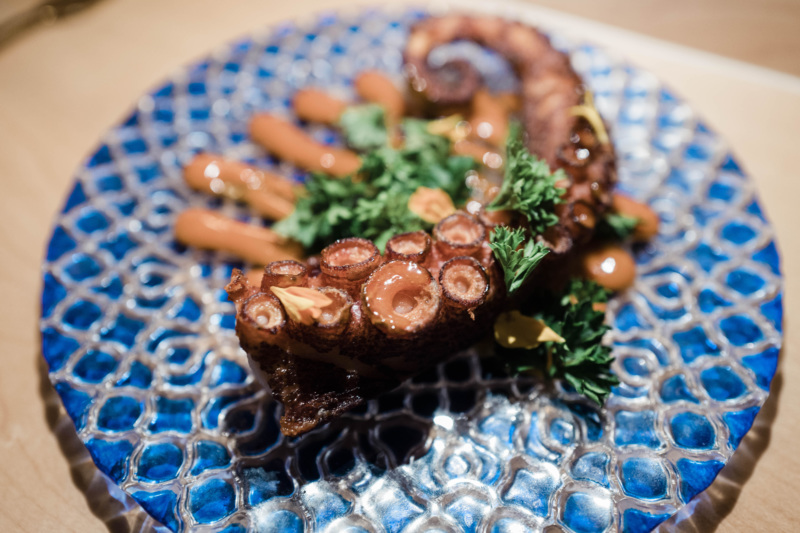
2. Six courses will cost you $72 — and will change with the seasons.
When you arrive at Kinn, the only decisions to make are what to drink and whether or not you want to add a seventh, supplemental course onto your six-course tasting menu. Right now, that’s octopus braised in vegetable stock, dried until the skin is firm, quickly seared in hot oil, and sauced with a gochujang aioli that’s made out of octopus heads. (It’s an additional $20.) Kinn can accommodate all diets — so long as they know ahead of time — although Kim says that vegans and vegetarians shouldn’t expect plant-based presentations of existing courses, but rather completely different dishes.
The menu remains mostly the same throughout a single season, with small tweaks made frequently. This is because Kinn doesn’t have any kitchen storage space, forcing Kim to shop daily for each night’s service. “My customers will get the freshest ingredients, but thanks to Covid, there’s always a shortage on something,” he explains. In March, Kinn will debut a brand-new menu for spring.
3. Kim didn’t expect to open his first restaurant in LA, but the farmers market captured his heart.
Kim was working at Blanca, an upscale tasting menu restaurant inside Roberta’s in Brooklyn, when the pandemic hit. When Blanca closed, he came to LA to work on a dosirak pop-up called Naemo and “fell in love with the city.” It’s a story many Californians can relate to: trips to the farmers market made him realize that Los Angeles was where he wanted to cook. “I love how all of the ingredients, especially the produce, are as shiny as jewelry,” he says. He compares the quality of produce to that of Japan, where he interned earlier in his career, and where he learned that “no matter how advanced your technique is, you’re only as good or bad as the actual ingredient.”

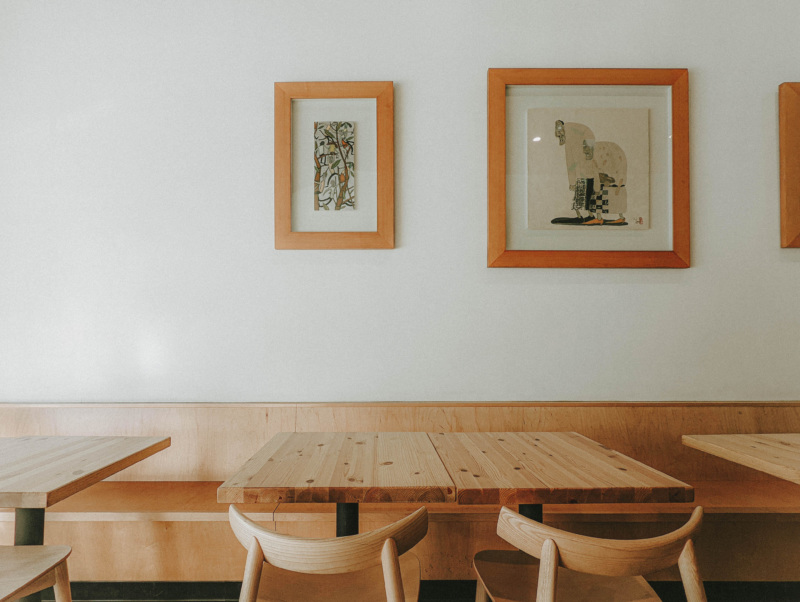
4. There aren’t many restaurants like Kinn in K-Town.
Kinn is located within LA’s bustling Koreatown, amongst countless other Korean restaurants specializing in barbecue, hand-pulled noodles, dumplings, and more. But it has very little in common with most of them. Kim says that when he buys ingredients in bulk for the restaurant at Korean markets, employees will assume he has a sushi restaurant. “They don’t really see young Korean chefs still cooking Korean food in K-Town,” he says. “When I tell them my restaurant is actually Korean, a lot of [the old-school crowd] doesn’t have any idea what kind of food I cook.” Still, Kim says that he likes the fact that he gets to cook his own version of the cuisine “in a [neighborhood] that literally has the word Korea in it.”
5. The beverage program is a tight selection of European wines.
Currently, Kim is selecting all of the wines for Kinn himself. The menu leans mostly French and Italian, plus some lesser-known skin-contact options, and a few options for traditional Korean liquors. “I built the beverage menu to tell people that Korean food isn’t always about drinking green bottle soju. This food is totally edible with good European wines,” Kim says. Eventually, he hopes to bring on a sommelier who can make “serious” pairings with each course.
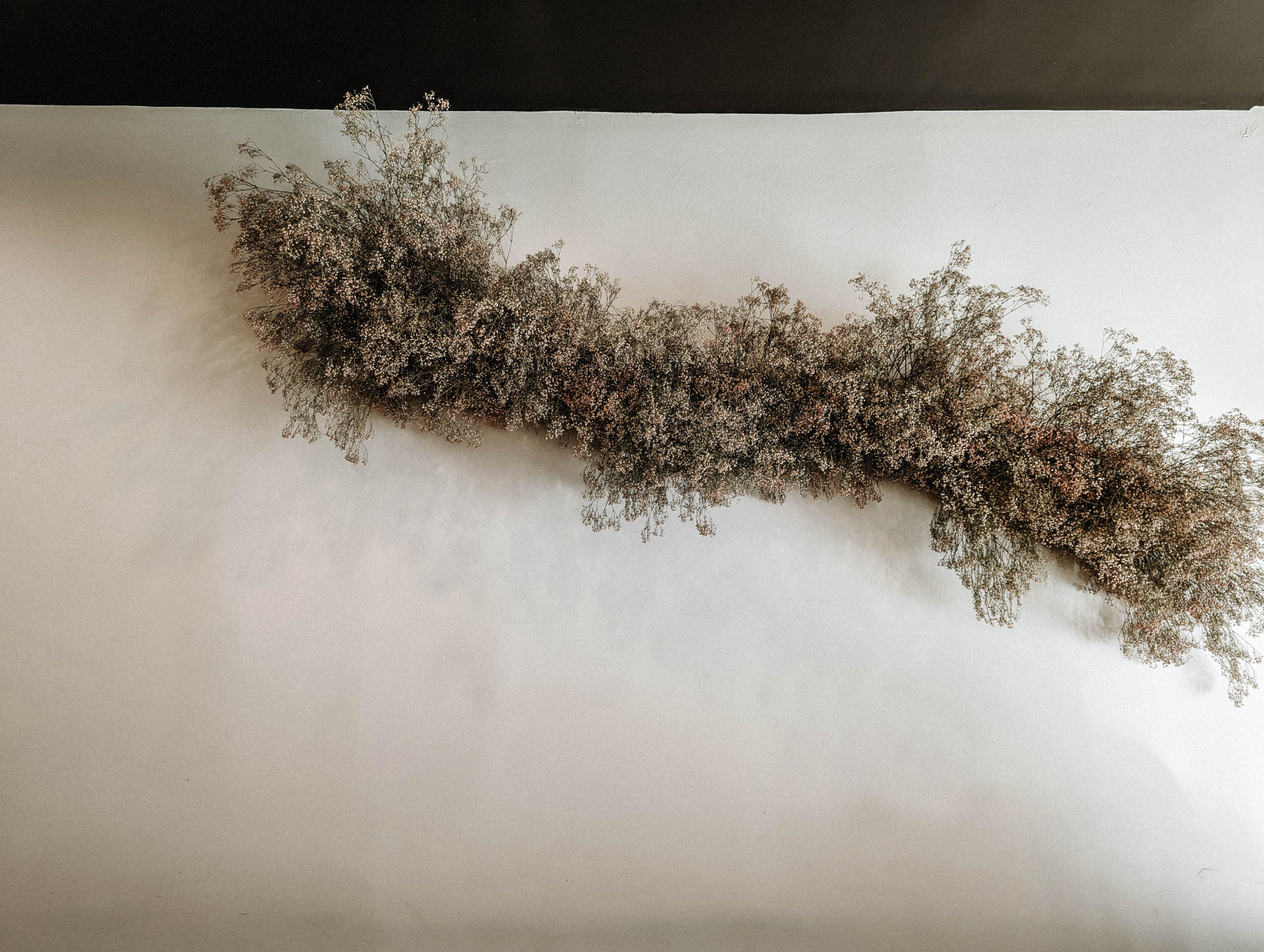
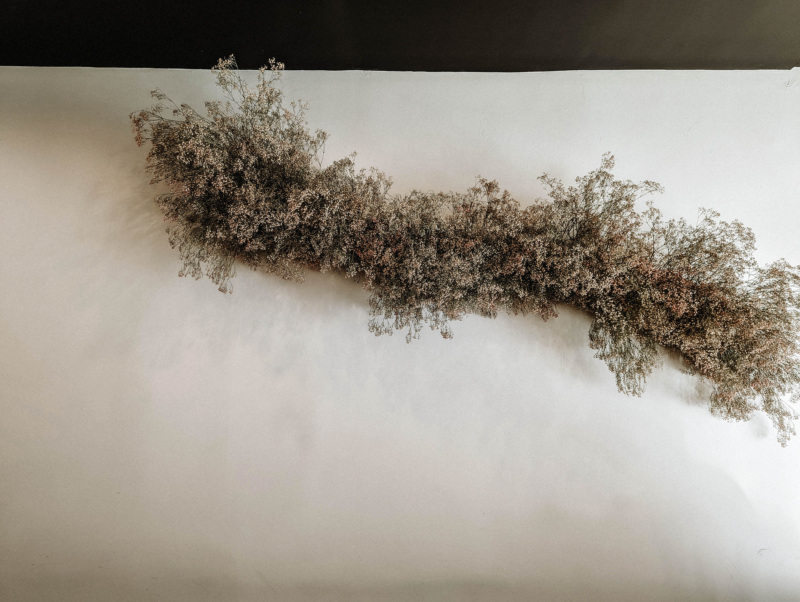
6. A baby breath wreath that hangs over the open kitchen will age alongside the restaurant.
Kim and his business partner Dustin Donghyuk Lee (of In Hospitality) were lucky to find a space where not much had to be altered. The 800-square-foot restaurant is a former sushi spot already outfitted with a blonde wood bar, tables, and chairs. They decorated with watercolor paintings owned by Kim’s mom, across from the bar where Kim and his team do all of their plating. The most commanding aspect of the interior design is a long, caterpillar-shaped wreath of white baby’s breath flowers above the bar, which emanates frilly shadows at night. The idea is for the still-fresh baby’s breath to dry over time into a sculptural gray centerpiece. “It will get prettier as we get better as a restaurant,” Kim says.
Emily Wilson is a Los Angeles-based food writer from New York. She has contributed to Bon Appétit, Eater, TASTE, The Los Angeles Times, Punch, Atlas Obscura, and more. Follow her on Twitter and Instagram. Follow Resy, too.

